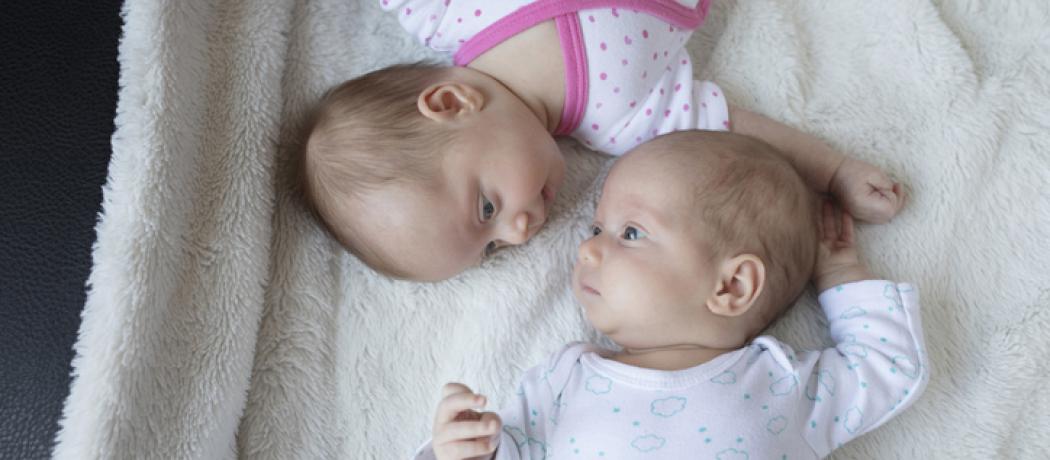My young friend, all of 2 years and 2 months old, received a nice little balance bicycle from his loving grandfather. Not to be left out of the excitement, and to provide some safety to the little rider, I volunteered to get him a suitable helmet. I didn’t think much about the best color for a helmet; I just ordered one suitable for a small child. A lovely red helmet arrived at my address in a couple of days. I sent a photo to the mom, and before I could repack the helmet, a gracious thank you note arrived: “What a thoughtful gift, wonderful, thank you. If possible, could we exchange the helmet for a blue one? That is his favorite color and it would match his bike, which is also blue.” “Not to worry,” I said in my return email.
Intrigued by the color request, I found an explanation of sorts for why pink and blue became the colors associated with girls and boys.[1] Apparently, pink and blue were not gender identifiers in Western cultures until after World War I. Until then, babies were clothed in white gowns, allowing easy access for diaper changes and bleaching when needed. Things changed in 1918 when the Ladies’ Home Journal claimed that pink (or red) is for boys—reflecting fire and power, and blue for girls, associated with sky and daylight. In 1927, Time magazine printed a chart showing sex-appropriate blue colors for girls and pink for boys, according to leading US stores.[1]
It wasn’t until the 1940s that, for unclear reasons, manufacturers decided that pink was more feminine and thus more appropriate for girls. A generation or so later, the women’s liberation movement ushered in unisex baby clothes. Once parents could learn the gender of their not-yet-born babies in the mid-1980s, manufactures of baby clothes recognized a highly profitable opportunity, confirming blue for boys and pink for girls.
Now things are changing again—every color is acceptable for any baby. Beyond that, giving gender to a color has taken a turn as multicolored rainbow flags have become associated with the LGBTQIA2S+ community. A fascinating cultural evolution. From gender-specific pink and blue baby clothing and equipment, now the rainbow flag has become the symbol of solidarity that serves LGBTQIA2S+ people around the world.[2]
I hope my little friend likes the color of his new helmet, but the big historical and social lesson to learn here is a symbolic one: if you happen to fall off your bike, the helmet, no matter the color, may save you from getting hurt.
—George Szasz, CM, MD
References
1. Cahn L. How Pink and Blue Became the “Girl” and “Boy” Baby Colors. Reader’s Digest. Updated 13 November 2022. Accessed 17 May 2024. www.rd.com/article/pink-for-boys.
2. Alexander BN. The history of the rainbow flag and its connection to LGBTQ+ Pride. Reader’s Digest. Updated 19 June 2024. Accessed 19 June 2024.
This post has not been peer reviewed by the BCMJ Editorial Board.
 |
| This work is licensed under a Creative Commons Attribution-NonCommercial-NoDerivatives 4.0 International License. |

